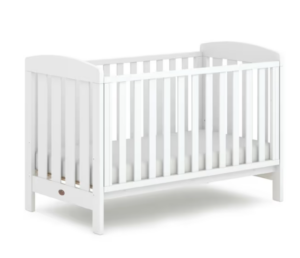When it comes to cots, it can feel a bit overwhelming trying to choose the right one. There’s so many on the market, second-hand sites flog used ones, and to top it off, the Red Nose SIDS safety guidelines remind us that there are stringent safety standards around cots to ensure our little ones are at safe while they sleep.
And then there’s the big question: do you need to buy a cot, bassinet, co-sleeper, or all three? We’ll deep dive into the world of cots so you can feel confident in buying the right one for your family.






